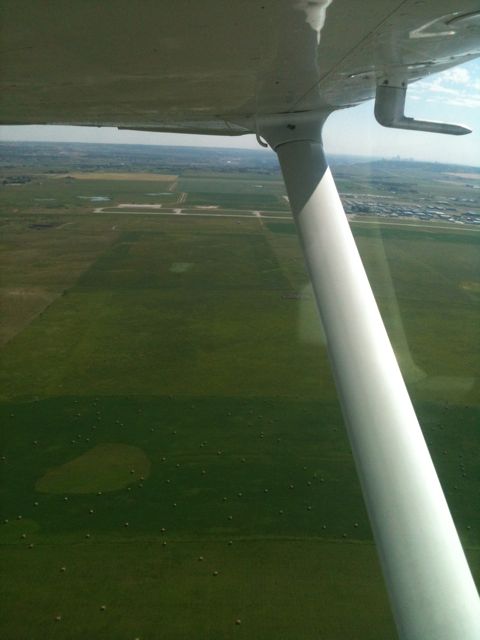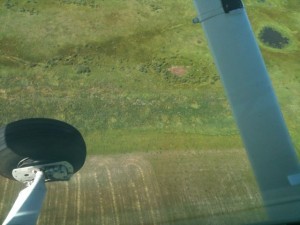
Whenever there is a tragic airline accident such as the recent one of Asiana Airlines flight 214 in San Francisco, we all want answers. Those of us who are pilots, who, regardless of experience will have some basic understanding of how something like this happened, and advanced knowledge of the subject matter. The media will instantly speculate on what the causes are and will follow unrealistic leads and make improbable conclusions to an unsuspecting uneducated public. As pilots, we can see through a lot of the hype. Should we judge and come up with conclusions before we get the real answers?
The media tends to grossly speculate on issues or facts, so we must be cautious. When a Piper Seneca crashed in a field near Cochrane, Alberta, the media wasn’t patient enough to even confirm what kind of plane was involved. From Grumman Cougar to Cessna, they fed public stories until evidence became clear what kind of plane it was. (The pilot landed the plane in the field due to fuel starvation, and luckily walked away from the crash).
In the Asiana flight, I suspect that pilot fatigue, spatial disorientation and an element of the company culture contributed to the crash. It’s becoming evident that some factor of automation played a role in this accident. There may be a technical factor as well, though this hasn’t been mentioned yet, there is this possibility. There are reports that the glideslope component of the ILS (Instrument Landing System) was out of service. It is too early to assign blame until all the facts are gathered and known. All of this will be revealed in time.
For those looking to understand how complex factors contribute to an airplane accident, the documentary show, Mayday, accurately depicts how the NTSB does a very thorough job of analyzing of the complex factors that culminate in an airplane incident. An incident is never caused by just one thing, it is a series of events that lead to it.
How an accident happens
A friend of mine who had a gear up incident – that is, landed without retracting the landing gear – described how a series of small events resulted in this belly landing. He was flying with a very experienced and very proficient commercial student for the first time and was constantly told by other instructors how incredible of a pilot this student pilot is and how he will have an easy time checking him out on the retractable gear plane. The seed was planted: not even knowing it, my friend was already expecting that there was little work to be done.
On approach, both pilots missed the checklist item to lower the gear. It was just too obvious that the gear should be lowered – and so on one approach, they both forgot to lower it. All it takes for a moment of lapse for something significant like this to happen, and you may not even know it when it is happening. Airplanes are incredibly unforgiving when it comes to taking the basics for granted. And at low altitudes, it is too late to recover, as it was in this incident and the tragic Asiana flight 214 incident. The pilots were too low to correct for the decaying altitude.
Interested in how an investigation is conducted? Watch Mayday
Mayday is eye-opening and a great learning tool for pilots. It shows how an investigation is conducted and how professional and organized the NTSB is in understanding the factors that led up to an accident, how it happened, and how it can be prevented from happening again. Those who are wondering how the Asiana incident is being handled and conducted I highly recommend to watch any of the episodes.
In the meantime, this video shows the dramatic reconstruction of the approach slope the plane should have been following, and the actual approach that resulted in the accident. This of course, was caused by several factors. I will stay tuned until the facts are confirmed.



